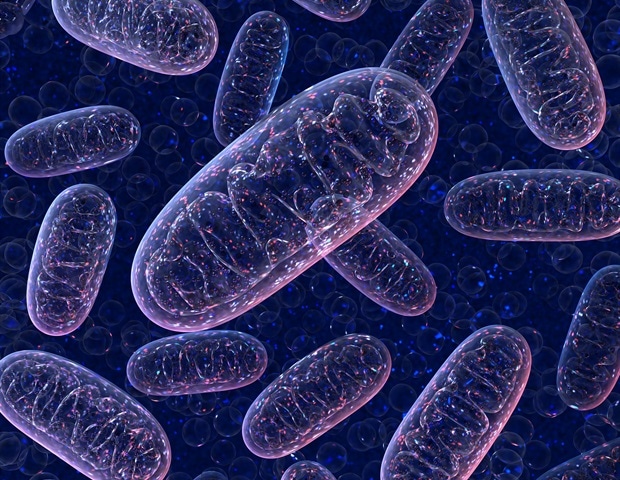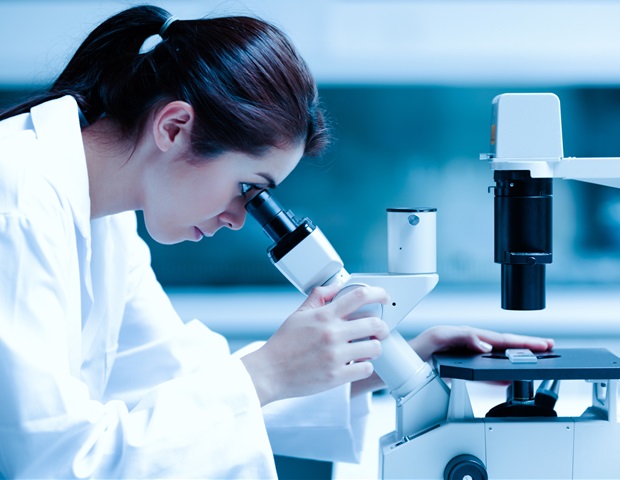A recent study posted to the bioRxiv* preprint server observed differential antiviral responses in Indian and European individuals.
Environmental and genetic factors influence the host immune response to pathogens. Environmental factors change continually throughout a person’s life. This results in substantial individual-level heterogeneity in the immune response to pathogens. During the coronavirus disease 2019 (COVID-19) pandemic, striking differences were observed between populations in the outcomes and impact of severe acute respiratory syndrome coronavirus 2 (SARS-CoV-2) infection.
Lower mortality rates have been observed among COVID-19 patients from sub-Saharan Africa and India relative to those from developed countries of the West, despite the possibility of bias stemming from underreporting. Several mechanisms have been implicated, such as increased natural resistance due to local infection burden and cross-reactive cellular and humoral immunity.
The study and findings
In the present study, researchers evaluated the differences in antiviral responses between people of European and Indian origin. Peripheral blood mononuclear cells (PBMCs) were collected from 10 European and 10 Indian individuals aged 20-to-30 years before and after Bacillus Calmette-Guerin (BCG) vaccination. Chromatin accessibility was examined in unstimulated PBMCs before BCG vaccination. Differential peak analysis revealed substantial differences between European and Indian populations.
Next, motif enrichment analysis on differentially accessible peaks identified multiple enriched population-unique transcription factor-binding motifs. Hepatic leukemia factor (HLF) and CCAAT enhancer binding protein Beta (CEBPB) were enriched in the European subjects. In the Indian cohort, several transcription factors of the RUNX family that are essential mediators of hematopoiesis were enriched.
Gene set enrichment analysis revealed that genes involved in innate immune responses were enriched in the European subjects. In contrast, genes related to adaptive immune responses and T cell immunity were enriched in the Indian population. Further, the cohort-level transcriptional differences were explored upon ex vivo stimulation with influenza virus and SARS-CoV-2.
Principal component analysis (PCA)-based dimensionality reduction suggested that an individual’s sex and not geographic origin caused variance between the samples. European subjects were more responsive to stimulation than Indian subjects, indicated by the higher number of differentially expressed genes (DEGs). This effect was more prominent for influenza virus than SARS-CoV-2.
Europeans showed downregulation of interferon (IFN)-γ signaling and type 1 IFN-related pathways upon viral stimulation, whereas neutrophil activation and myeloid cell migration pathways were downregulated in Indian individuals. Cytokine production was higher among European subjects than among Indian participants. Pro- and anti-inflammatory cytokines were elevated in Europeans two hours after stimulation with the influenza virus.
In contrast, pro-inflammatory cytokines were elevated in Indian individuals upon SARS-CoV-2 stimulation. IFN-γ levels were elevated in Europeans but reached statistical significance only with SARS-CoV-2 stimulation. Similarly, interleukin (IL)-17 remained elevated in Europeans compared to Indian subjects. There were no differences in IL-10 levels between the two cohorts.
Viral responses of the participants were analyzed 10 to 12 weeks after BCG vaccination. Analysis of transcriptomes of unstimulated PBMCs revealed minimal differences pre- and post-BCG vaccination in the Indian subjects, whereas Europeans exhibited no fundamental differences. Contrastingly, viral stimulation had significant effects on the transcriptome after BCG vaccination.
Consistently, European subjects mounted a more robust immune response than Indian subjects to either virus upon stimulation regardless of BCG vaccination. The number of DEGs upon influenza virus stimulation significantly differed between Indian and European participants. SARS-CoV-2 stimulation caused even more remarkable differences.
The number of DEGs increased significantly in Europeans after BCG vaccination, whereas Indian subjects showed a decrease in DEGs. Gene ontology (GO) enrichment analysis of DEGs upon viral stimulation added further evidence of differential immune responses. In Europeans, SARS-CoV-2 stimulation caused downregulation of metabolic processes before BCG vaccination.
However, after vaccination, this switched to inhibition of IL-1 production and negative regulation of cell activation. On the other hand, in Indian individuals before BCG vaccination, positive regulation of inflammation was downregulated upon SARS-CoV-2 stimulation. After vaccination, axonogenesis and regulation of cellular component size were downregulated. Downregulated IFN-γ-related pathways upon stimulation with influenza virus were unaffected by BCG vaccination in Europeans.
Nevertheless, Indian populations showed downregulation of neutrophil degranulation and IFN-γ responses before vaccination. After vaccination, defense response pathways related to influenza were downregulated. BCG vaccination elevated the secretion of pro-inflammatory cytokines in Indian subjects upon stimulation with either virus, whereas Europeans showed no significant changes in innate responses.
Conclusions
In summary, the study found that transcriptional activation was greater among Europeans than Indian individuals. Europeans mounted a stronger immune response, while Indian subjects had a more tolerant response upon stimulation with either virus. BCG vaccination induced differential effects in Indian and European individuals. The overall transcription signature was much elevated in Europeans, while Indian participants showed a limited and regulated response.
*Important notice
bioRxiv publishes preliminary scientific reports that are not peer-reviewed and, therefore, should not be regarded as conclusive, guide clinical practice/health-related behavior, or treated as established information.







